It’s Fall, Y’all!
Our pumpkin patch is loaded with fresh pumpkins, and more arrive weekly until the end of the month. Stop by with the kids for plentiful photo opportunities with pumpkins and gourds in all colors, shapes and sizes. Visit our Fall activities field for a fun day with the family with fall-inspired activities. Check out our events section for times of operation.
Our autumn plant displays are designed to inspire you to incorporate seasonal elements into your home. You can have your containers custom-designed, or feel free to ask our associates for assistance.
Planting annuals that bloom in Fall and Winter during October allows the plants to develop a strong root system. Now is the time to transition if you have Summer annuals planted. Plant bulbs like Tulips, Daffodils, Hyacinths and Crocus for beautiful Spring color. You may layer bulbs in your Fall containers for a bright addition of blooming bulbs in Spring.
Take note of bare areas in your beds and plant something with Fall and Winter interest. October is an excellent month to plant. Our soil temperatures remain warm enough to allow for root establishment before Winter arrives. Be sure to water new plants well. For planting/care/watering guidelines, click Planting Guide under our About Us tab on the website, or you can stop by one of our registers to pick up a brochure.
Mulch helps keep soil temperatures warm during cold months, so be sure you have enough mulch on your beds. 2-3 inches is ideal.
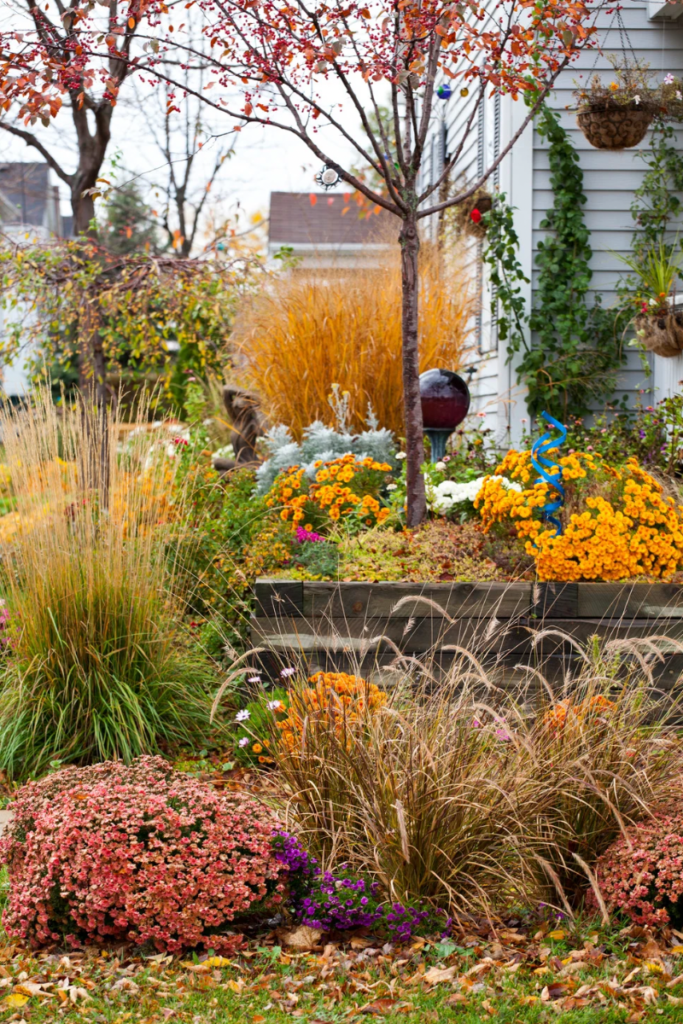
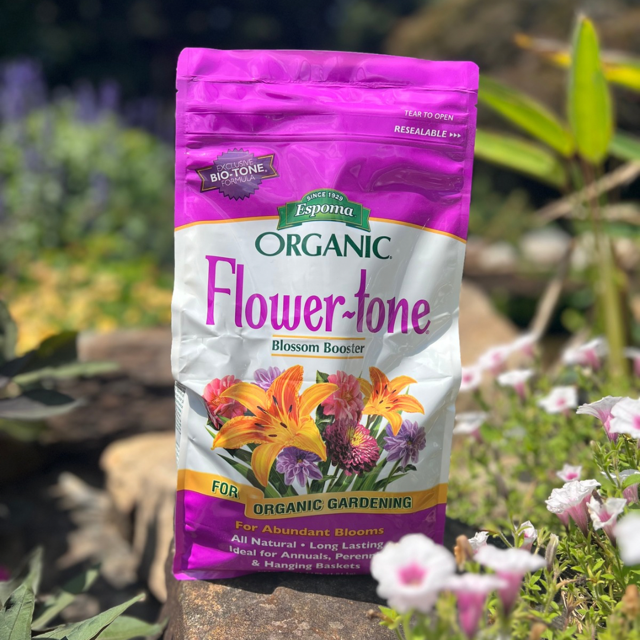
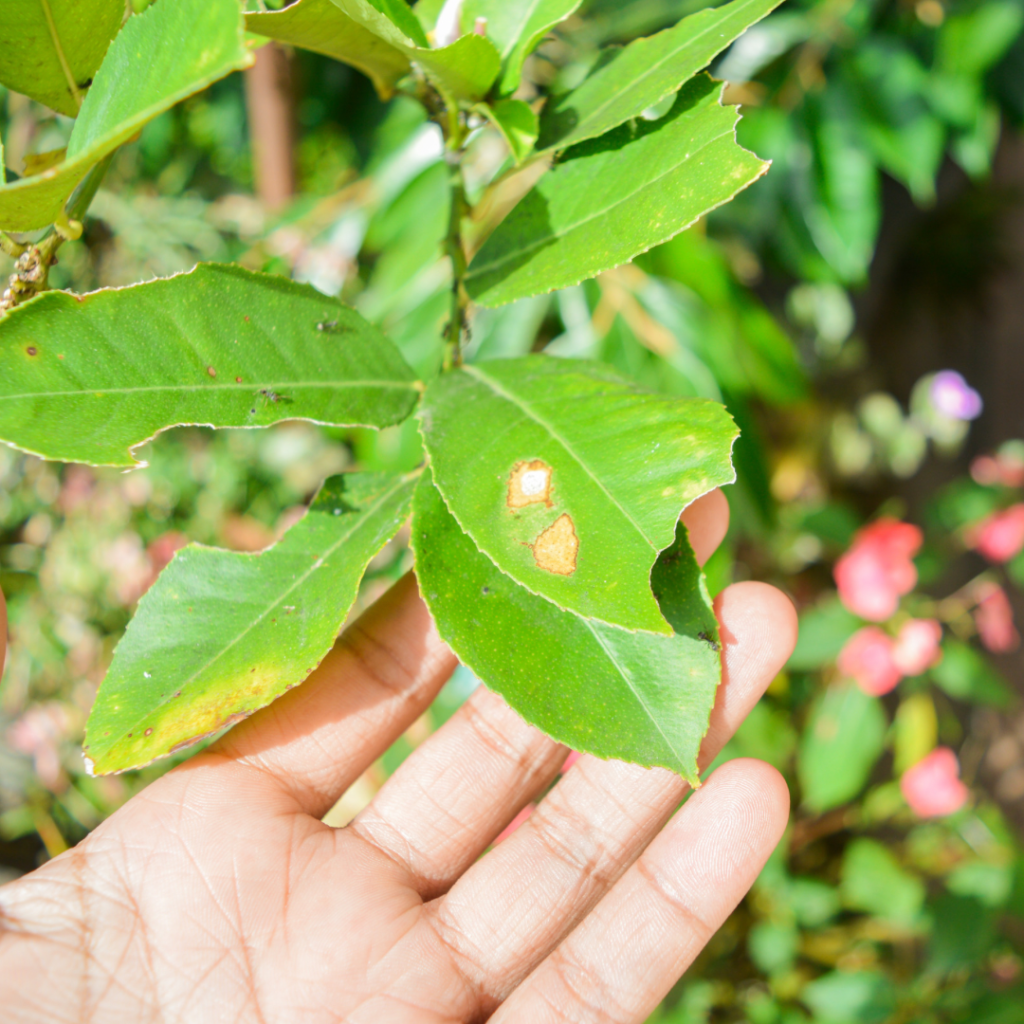
Wait until Spring to fertilize your plants. They are entering a dormant phase, and applying fertilizer now will encourage new growth that could be vulnerable to frost and freezing temperatures. Begin using water-soluble fertilizers in your fall/winter containers and annuals planted in beds. These products provide immediate nutrients to plants, which will help them continue to bloom. We have water-soluble products and Espoma Flower Tone, my favorite to use in my annual containers and beds.
Continue monitoring your plants as temperatures cool. Identify any pest or fungal problems that can be addressed to prevent recurrence next year. Our county extension offices are great resources for pest and disease identification, so don’t hesitate to reach out to your local extension office with photos and questions. This free resource is a valuable tool for gardeners throughout the state.
If you rake your leaves, consider mulching and composting them. Mulching leaves accelerate their breakdown into compost, which, if the compost piles are properly maintained, can be ready for use in the Spring or Summer.
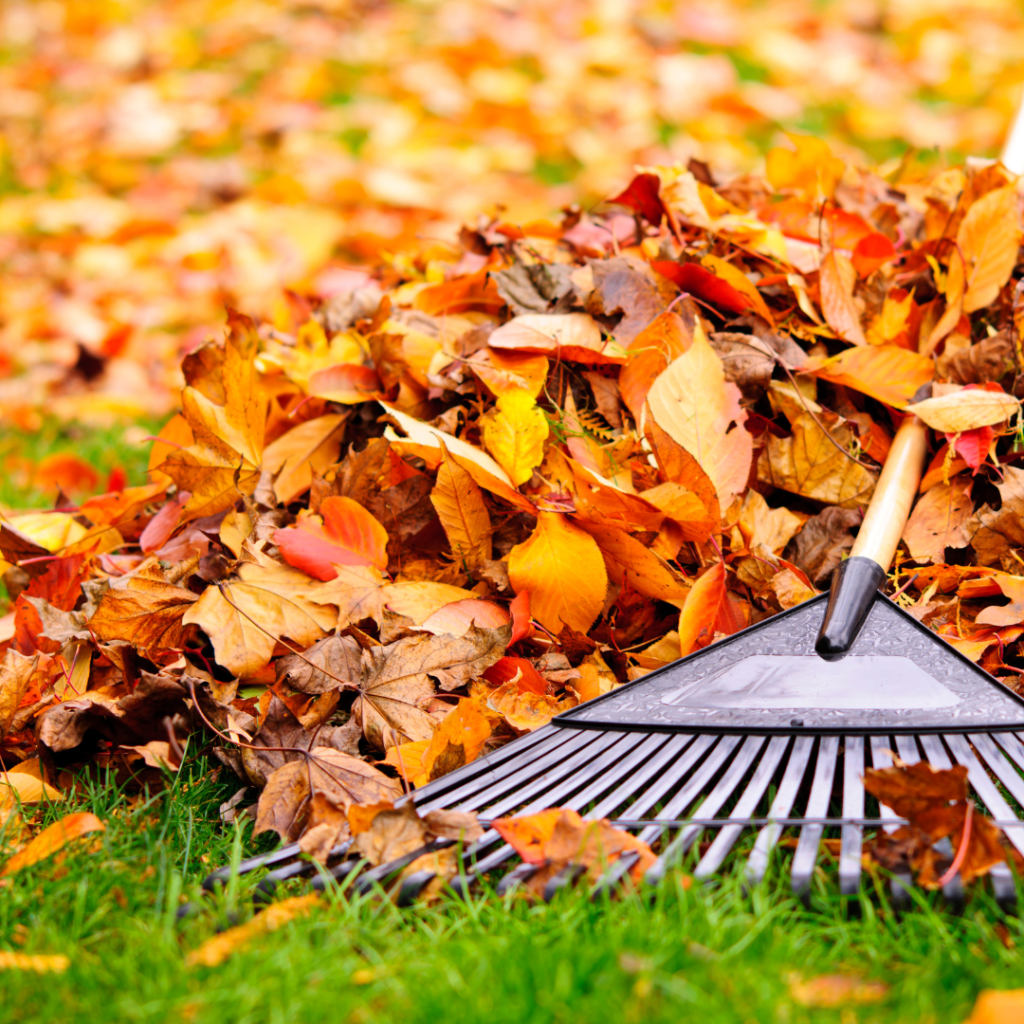
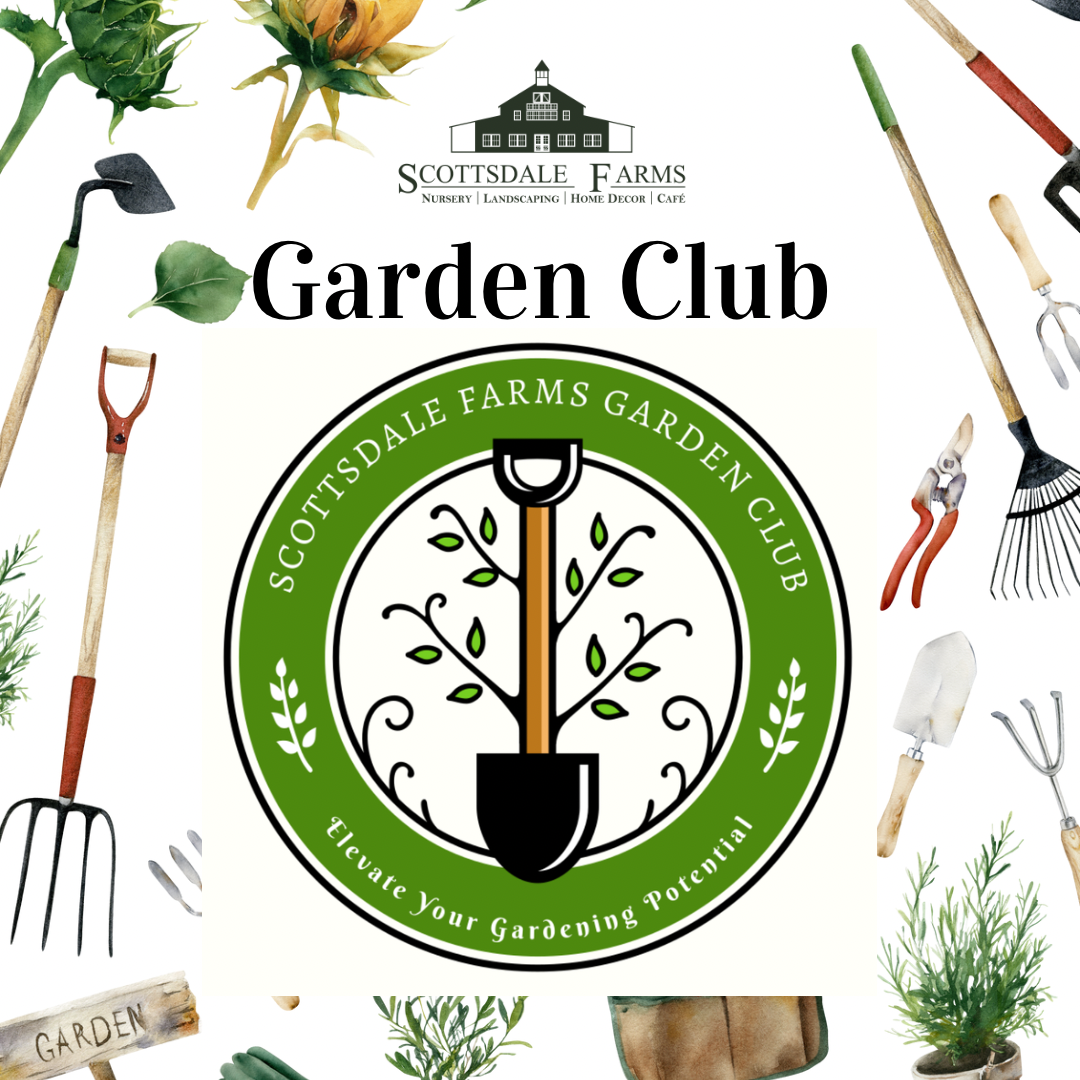
Join us for our October Garden Club meeting at our beautiful Event Pavilion on Monday, October 7th, at 10 a.m. Jeanne will showcase how to create a stunning floral arrangement atop a fresh pumpkin. We will also discover ways to enhance your pumpkin displays using locally sourced flowers and a few elements from your garden!
